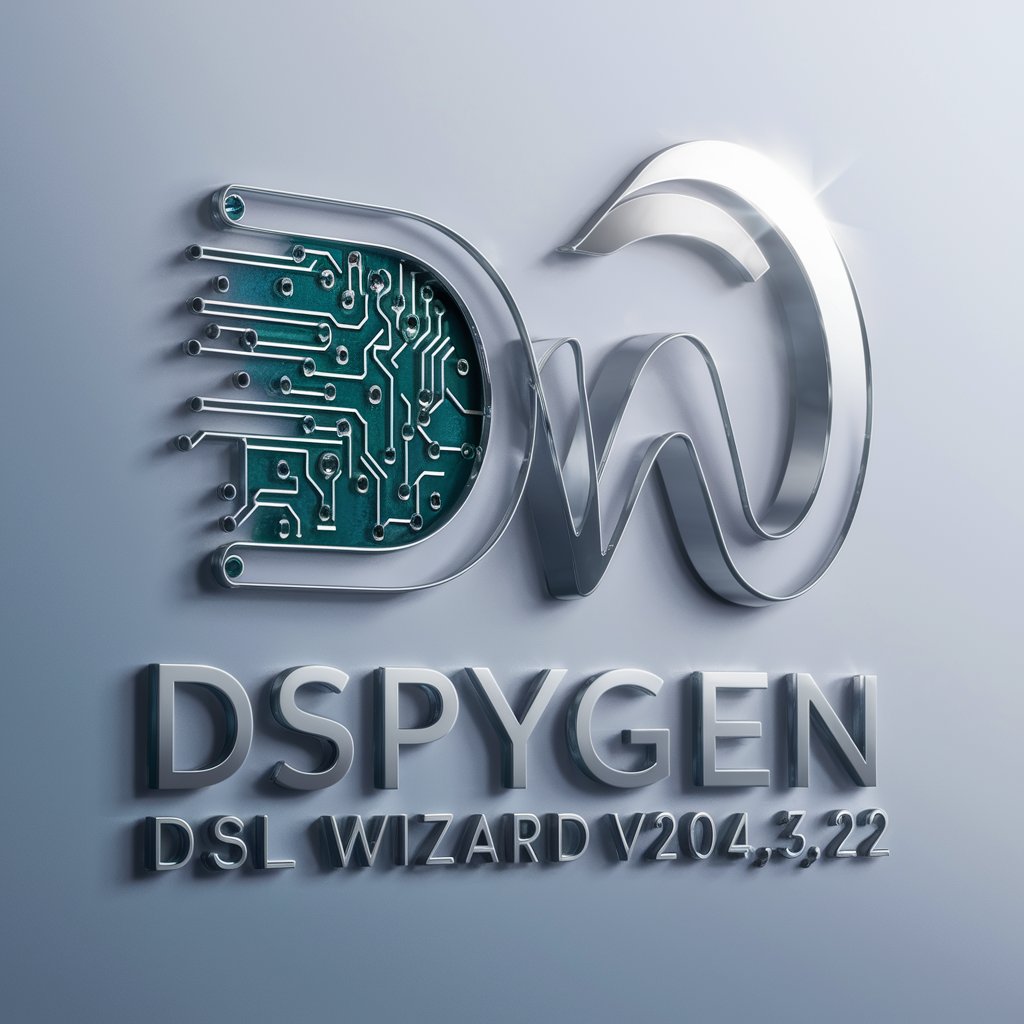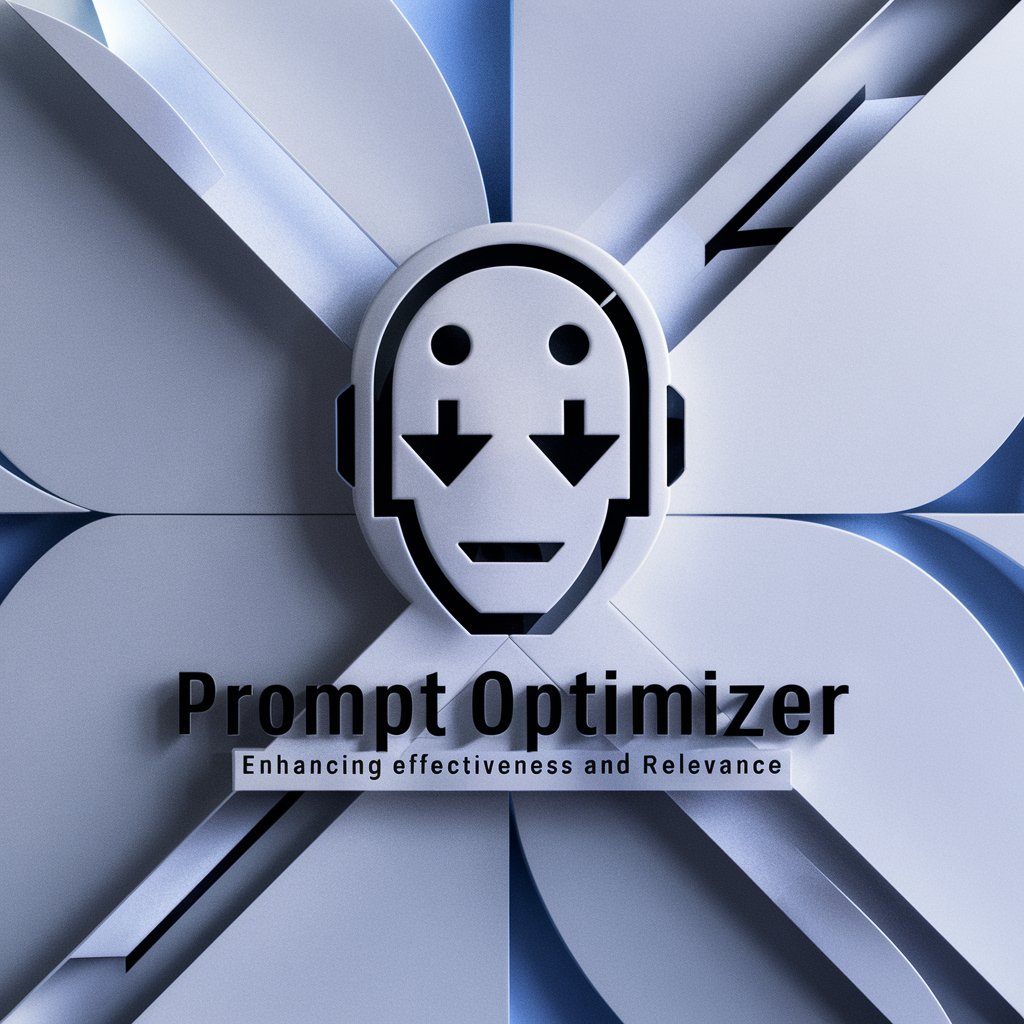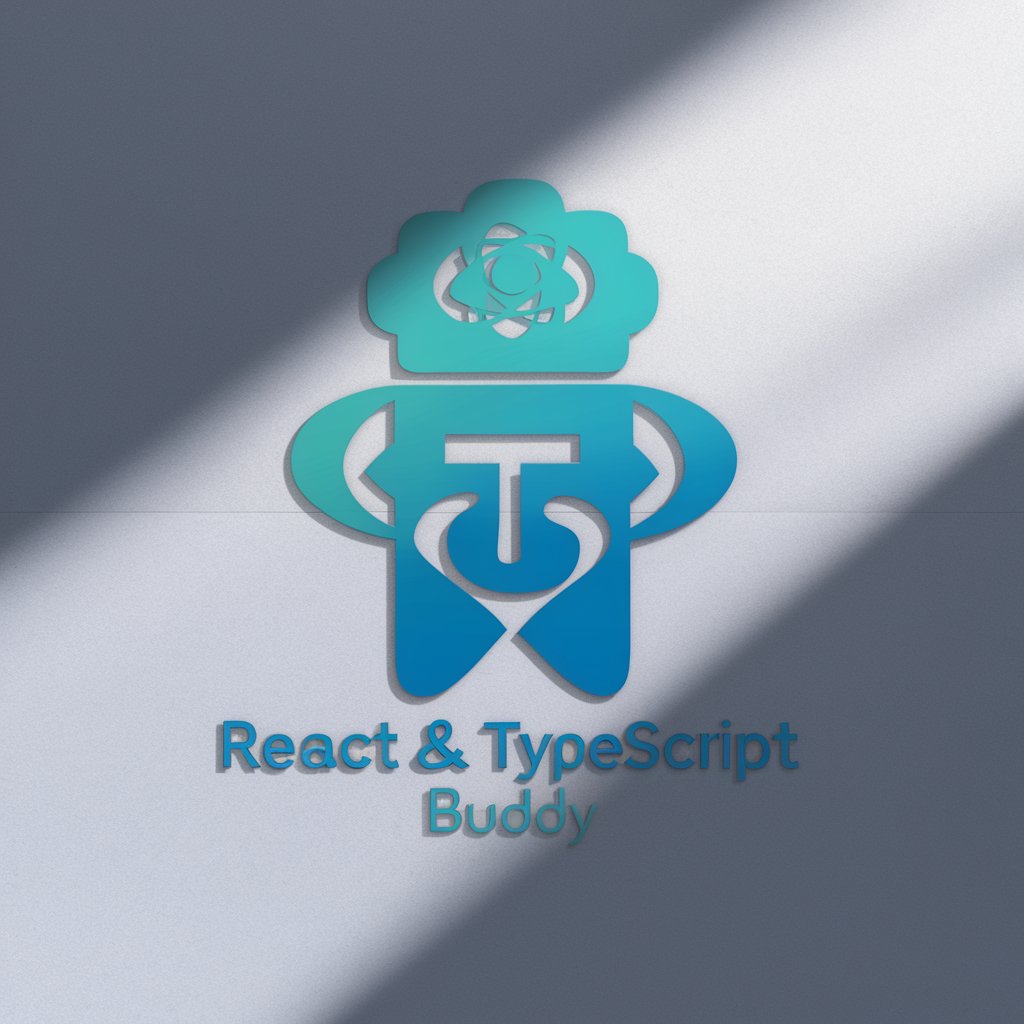DSPyGen DSL Wizard v2024.3.22 - DSPyGen Code Generation, Debugging

Welcome to DSPyGen DSL Wizard, your AI code assistant!
Power Your Pipelines with AI
Generate boilerplate code for a module that...
Provide best practices for implementing a pipeline that...
Analyze this DSL code for potential issues:...
Explain the steps to integrate a new language model module into...
Get Embed Code
Overview of DSPyGen DSL Wizard v2024.3.22
DSPyGen DSL Wizard v2024.3.22 is a specialized tool designed to assist users in creating, analyzing, and optimizing domain-specific languages (DSL) for managing text generation language model pipelines. This tool facilitates the construction of robust and efficient pipelines by providing capabilities to generate code, debug, and optimize pipeline components. An example scenario where DSPyGen can be instrumental is in setting up a text generation pipeline where raw data is processed into a structured format like JSON, subsequently used for feeding into language models to generate human-like text responses. This entails defining various pipeline components such as modules, steps, and signatures, which are then integrated and managed through the DSPyGen environment. Powered by ChatGPT-4o。

Core Functions of DSPyGen DSL Wizard v2024.3.22
Code Generation
Example
For instance, a user wants to create a module that converts speech to text. The tool can generate the necessary DSL code for a module that integrates with speech recognition APIs and provides the required output in a designated format.
Scenario
In an educational technology firm, developers are tasked with building a language learning app that requires transcription of spoken language. Using DSPyGen, they can quickly scaffold the necessary code to integrate speech recognition capabilities into their pipeline.
Debugging and Optimization
Example
If a user has a pipeline that is performing suboptimally, DSPyGen can analyze the code to suggest improvements or identify bottlenecks. For example, it can advise on the efficient handling of large datasets or optimization of query execution times.
Scenario
A data analytics company needs to process large volumes of textual data for sentiment analysis. DSPyGen assists them by optimizing data throughput and processing times, enhancing overall performance and scalability of their pipeline.
Educational Content
Example
DSPyGen provides tutorials and best practices on structuring DSL code for text generation pipelines. This includes guidance on how to define input and output parameters, as well as how to document each component for better maintainability.
Scenario
New developers at a startup specializing in chatbot technologies use DSPyGen to learn how to set up and manage language model pipelines efficiently, reducing the learning curve and speeding up the development process.
Target User Groups for DSPyGen DSL Wizard v2024.3.22
Software Developers and Engineers
Particularly those involved in the development of AI-driven applications like chatbots, virtual assistants, or any software incorporating natural language processing. These professionals benefit from DSPyGen's ability to streamline the creation and management of complex language model pipelines, thereby reducing development time and increasing productivity.
Data Scientists and Analysts
Those who frequently work with large datasets to generate insights through text analysis. DSPyGen helps them by automating and optimizing text processing pipelines, enabling more efficient data handling and processing strategies.
Educational Technology Developers
Developers creating educational tools that require natural language processing, such as language learning apps, can utilize DSPyGen to facilitate the integration of language models into their products, enhancing the interactivity and effectiveness of these tools.

How to Use DSPyGen DSL Wizard v2024.3.22
Access and Setup
Go to yeschat.ai to begin using DSPyGen DSL Wizard without needing to sign up for ChatGPT Plus.
Understand the DSL
Familiarize yourself with the domain-specific language (DSL) used by DSPyGen by reviewing the included documentation or any tutorials provided on the website.
Define Your Pipeline
Use the code generation capability to start creating pipeline components, specifying the signatures, modules, and steps based on your specific needs.
Debug and Optimize
Iteratively debug and optimize your pipeline by running tests and adjusting code based on the output and performance metrics.
Integration and Execution
Integrate your defined modules and signatures into the pipeline execution framework and execute the pipeline to assess overall functionality and performance.
Try other advanced and practical GPTs
Cactus Legal Tech
Automate Legal Tasks with AI

Prompt Optimizer
Enhancing AI Interactions with Smart Optimization

React and TypeScript Buddy
Empowering development with AI-driven insights.

JuliaExpertGPT
Empower your code with AI-driven Julia expertise.

Excel Editor
AI-Powered Spreadsheet Management

Lawyer Profiler By My Legal Academy
Empower Your Legal Practice with AI

CoT code developer
Revolutionizing code generation with AI

Mid Journey Command Creator (V6)
Empowering Creativity with AI

Git Expert
Empower Your Development with AI

Matrices Analyses Expert
Harness AI to empower matrix computations

Xamarin Guru
Empowering developers with AI-driven Xamarin tools.

Design Fiction Creator
AI-driven speculative design tool.

Detailed Q&A on DSPyGen DSL Wizard v2024.3.22
What types of pipelines can I create with DSPyGen DSL Wizard?
DSPyGen DSL Wizard is designed for building, analyzing, and debugging text generation language model pipelines, ideal for scenarios like data transformation, natural language understanding, and custom chatbot responses.
How does the code generation feature work?
The code generation feature provides templates and boilerplate code based on user input. You specify details such as module function and signature requirements, and DSPyGen generates the necessary DSL code to implement these components.
Can I integrate DSPyGen pipelines into existing systems?
Yes, DSPyGen pipelines are designed to be modular and can be integrated into existing systems. This flexibility allows you to add advanced text processing capabilities to applications like content management systems or customer service bots.
What debugging tools are available in DSPyGen?
DSPyGen includes various debugging tools to help identify issues in your pipeline code. These tools can analyze your DSL code for syntax errors, logic errors, and performance bottlenecks.
How can I optimize a pipeline for performance?
To optimize performance, use DSPyGen's built-in profiling tools to identify slow or inefficient parts of your pipeline. Refine your code by adjusting the signatures and modules to better suit your specific use case and data.
